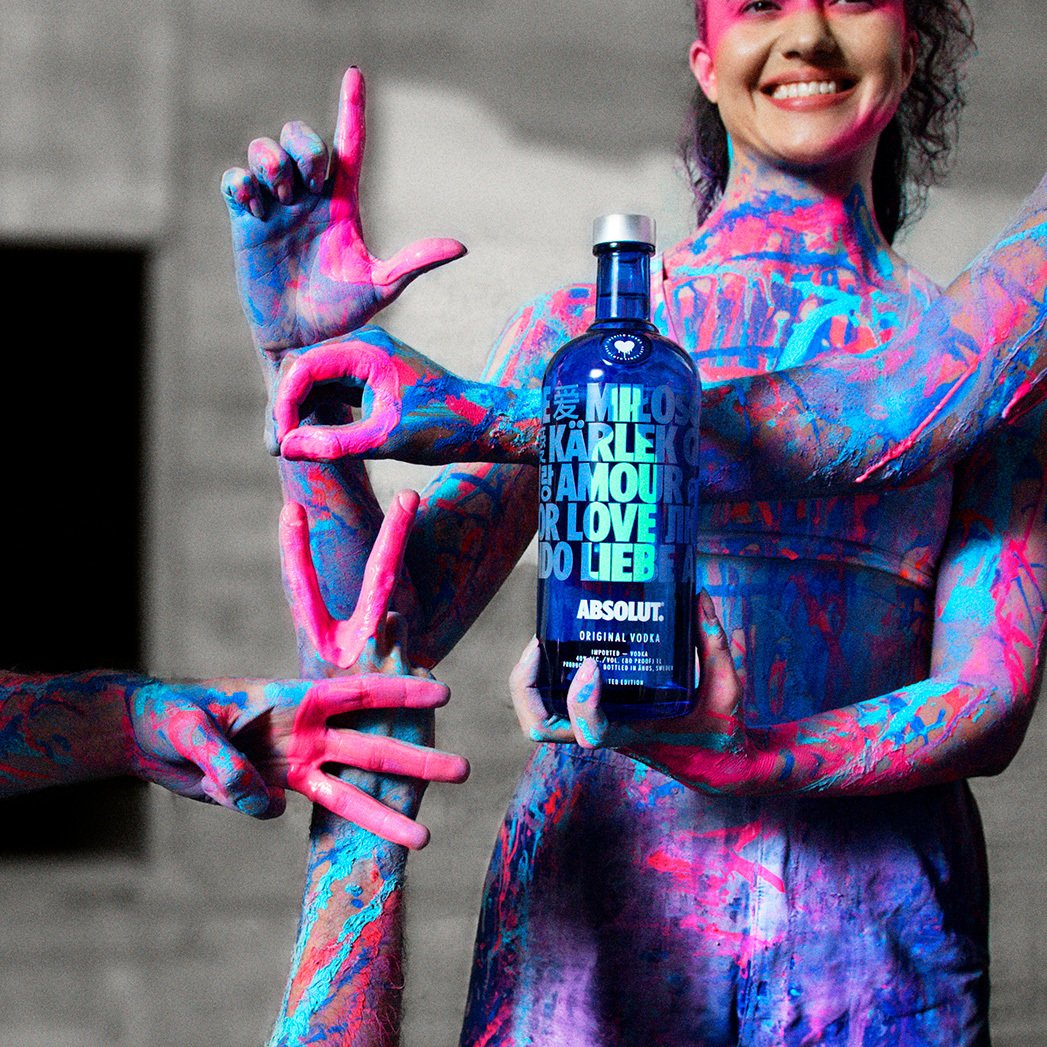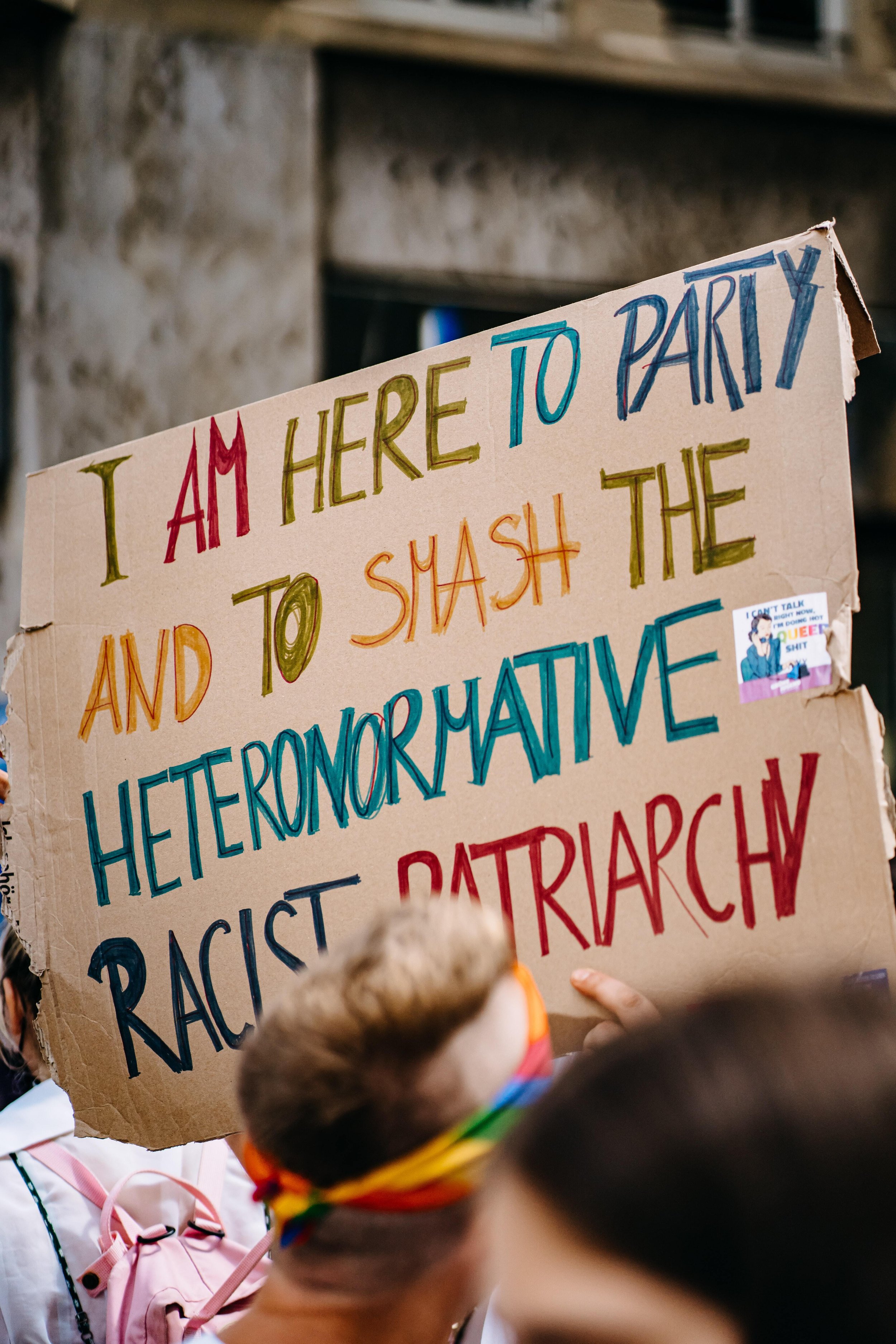Take Pride in Your Marketing This June
The first Pride march in the United Kingdom took place 50 years ago. It was a celebration, but it was also a protest. Things have progressed significantly since then, but progress should not be taken for granted; there is always more work to be done.
Rainbows seem to emerge everywhere throughout June, July, and August as corporations demonstrate their apparent support for the LGBTQ+ community. While this may appear to be a good thing – after all, supporting a marginalised community can only be a positive thing, right? – the rainbow washing of everything from candies to banners in public transportation does not convey the whole story.
What is 'rainbow-washing', and why is it an issue?
Rainbow-washing is when people, governments, and companies that don't make a real effort to help LGBTQIA+ populations at any other time of the year heavily use rainbow symbols during pride month. It's similar to other sorts of 'washing,' such as 'green-washing' and 'pink-washing,' intended to persuade customers that buying a particular product or from a specific source contributes to environmental, social, or political change. At the end of the day, it's just clever marketing. In reality, true allyship is very different from a staged performance of LGBTQIA+ 'allyship.'
A rainbow logo is one of the most well-known examples of rainbow-washing. During Pride month, many businesses often change their logos to include the rainbow flag, creating the impression of supporting the movement without providing any funds to LGBTQIA+ organisations or causes. Some businesses go so far as to use the rainbow logo while still donating to anti-LGBTQ+ politicians or government officials.
Furthermore, businesses may modify their Western-focused logo on their website and social media channels while ignoring their Middle Eastern, Southeast Asian, and African subsidiaries. There are much less acceptable attitudes toward LGBTQIA+ people in some world regions, with numerous laws explicitly opposing their mere existence. It is a deliberate strategy to preserve a worldwide customer base, cloaked in the guise of "cultural sensitivity." When profit comes up against people, profit often wins.
Then, there are the companies which do it right.
Absolut is one brand that has positioned itself as the ultimate advocate. Absolut has been promoting and supporting the LGBTQ+ community since 1981 when marketers were more concerned with alienating the largest market. Since then, the company has been a constant presence in LGBT media, including serving as the first sponsor of RuPaul's Drag Race, which is now a mainstream show, and as a community advocate.
While it is a big part of Pride festivities, it also uses its advertising to assist the LGBTQ+ community and other marginalised populations, demonstrating that it is more than just a drink. The limited-edition bottle "Drop of Love" is one of Absolut's most impactful campaigns. Absolut collected as many "hate banners" as possible at anti-gay, racist, and sexist rallies throughout the world for the bottle's design. It used the ink extracted from these signs to print its labels, promoting a more powerful positive message.
Vodafone is another excellent example. The firm was forthright about changing its policies to make them more inclusive and supportive. The corporation declared in 2018 that it was revamping its hiring methods to appeal to a broader spectrum of sexualities and genders. It also launched a support programme for LGBTQ+ alumni and modified its code of conduct. As a kind of assistance, it also developed the LGBT+ Friends Network.
Support versus brand purpose
Supporting a community and attaining a brand mission are not the same thing. Putting a rainbow on something or a generic “we support...” statement is a clumsy effort at “seasonal” marketing, effectively exploiting what is still a political occasion, despite many people’s misconceptions that Pride is just a party.
It effectively devalues Pride month and why June is significant for the LGBTQ+ community, namely since the Stonewall riots happened in Manhattan at the end of June 1969, and instead turns it into a marketing opportunity.
While Pride is a celebration of the LGBTQ+ community, it is also about fighting for acceptance throughout the world, especially in the 72 countries where being gay is still illegal or even punishable by death, which everyone participating in Pride month should remember.
Companies that neglect the political aspects of Pride in favour of a simple marketing strategy are failing to portray what it is all about. Similarly, firms who claim to support the LGBTQ+ community but don’t have measures to back up their claims should avoid Pride-related advertising.
If you’re planning to launch a rainbow campaign during Pride month or in anticipation of a Pride march in your area, keep the following in mind:
Is my company/brand supportive of the LGBTQ+ community?
Are there policies in place that create an inclusive and safe working environment?
Are all other campaigns LGBTQ+ inclusive?
Does my company actively support LGBTQ+ charities/groups/movements?
Looking at your company as a whole and assessing whether it is a safe and inclusive workplace will give you a better idea of whether you should be flying the Pride flag. After all, a big part of successful marketing campaigns is a believable and genuine story. Can you deliver this if you’re talking about something your company doesn’t embody?
Avoid harmful tropes and stereotypes.
Advertisers are becoming more aware of the necessity of including LGBTQ+ persons in their advertisements. However, they must act with caution to prevent a conflict between representation and role. Regardless of the goal, packing a commercial with varied characters only to have them act in ways that perpetuate stereotypes can do more harm than good. Marketers must not represent members of the LGBTQ+ community in a way that is likely to cause significant or widespread offence.
Prepare for the political.
Yes, your campaign will undoubtedly receive positive feedback, but we all know that you can’t satisfy everyone. You should be prepared for difficult questions and remarks that you’d prefer not to see on your Facebook posts. It may now be more joyous, with more people expressing support rather than anger, but hatred still exists, so you must be prepared to deal with it.
Supporting Pride is a political statement, and failing to recognise this may result in lasting harm to your brand. To prepare for any circumstance, you must address this reality and the potential for an unfavourable response to your campaign. This entails gaining the support of all decision-makers so that if something goes wrong, they don’t pull the plug, exposing your brand to criticism from people who had previously supported it. It’s just as vital to show your support by responding to hostility as it is by waving a rainbow flag.
Ensure that all of your campaigns are representative and supportive throughout the year. It’s critical to ensure that your company’s public support is reflected across the rest of the organisation. Creating inclusive policies, correcting your brand’s terminology, and providing assistance to anybody in your organisation who is a member of the LGBTQ+ community are all options for ensuring you are really an advocate.
Finally, remember, love always wins.







